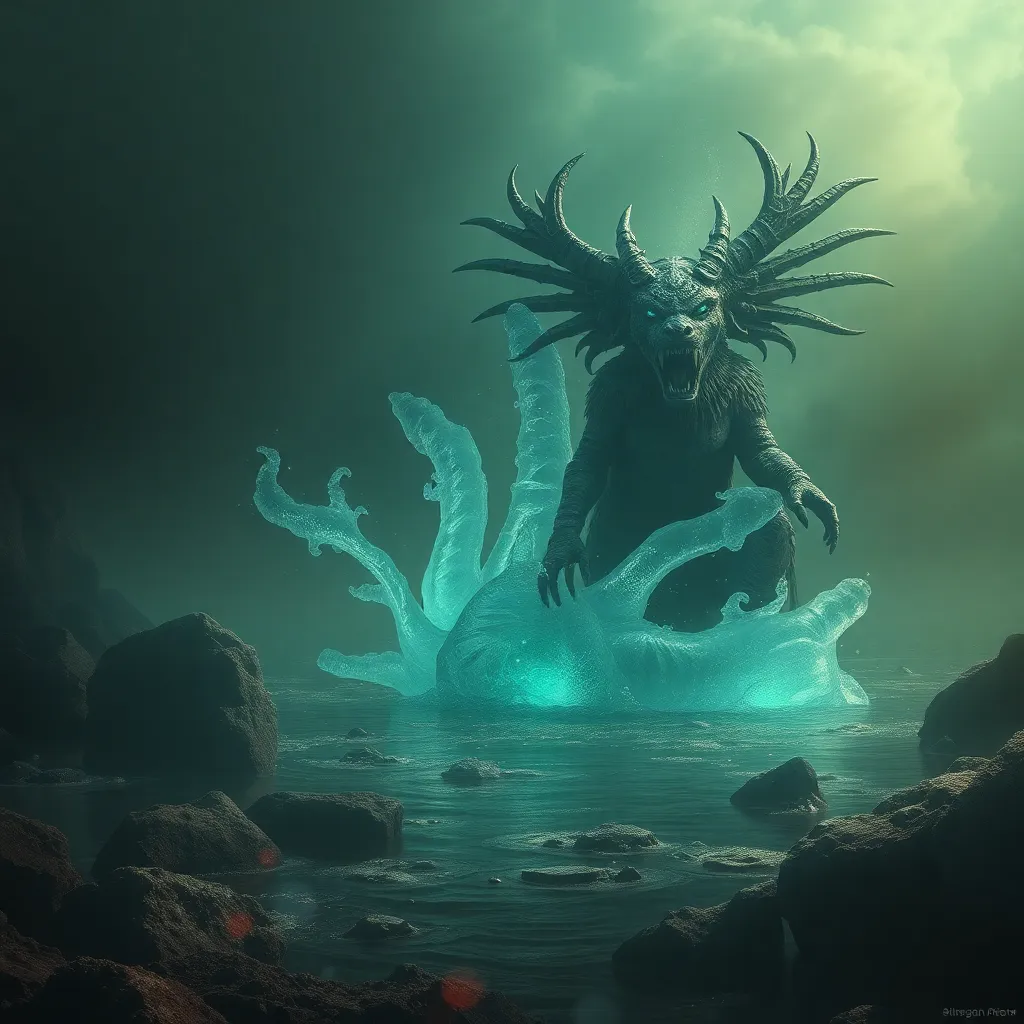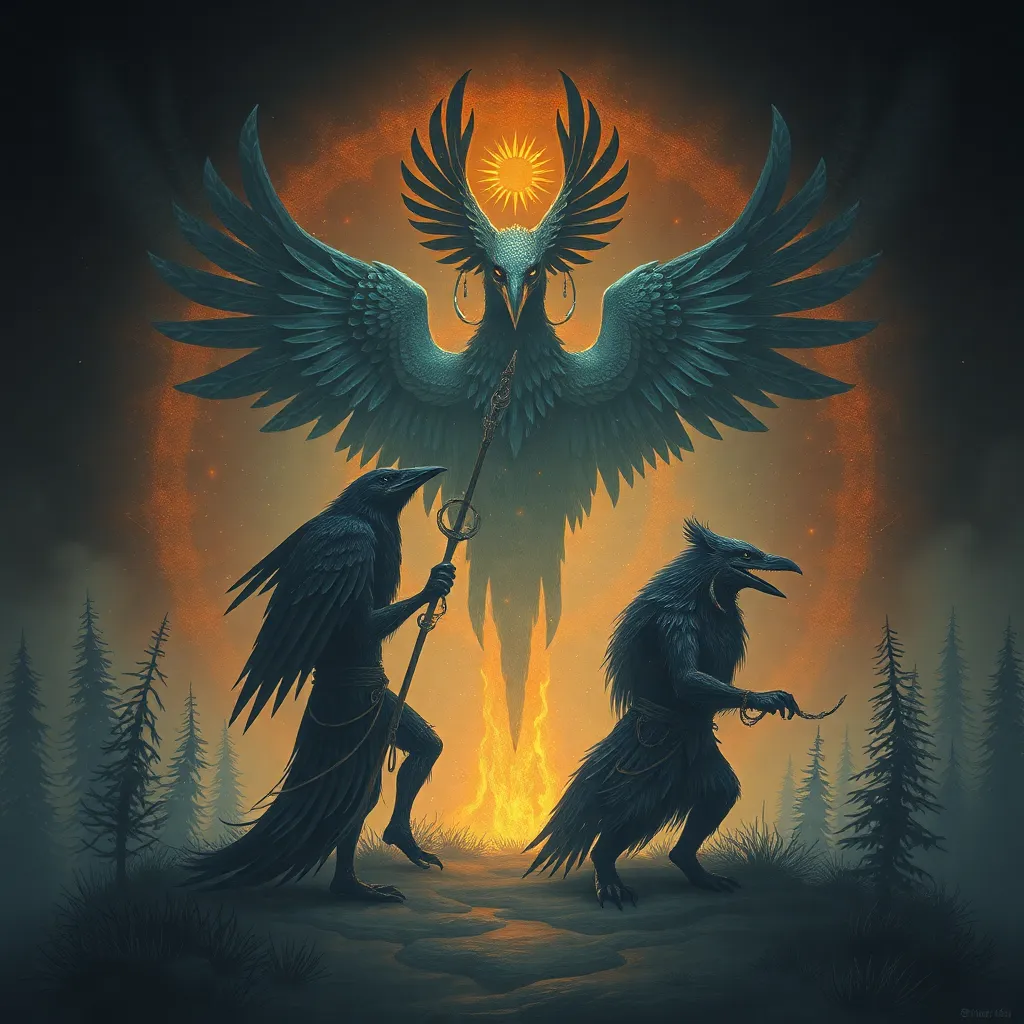The Naga’s Dance: Serpent Rituals and their Role in Festivals
I. Introduction
Naga mythology plays a pivotal role in the cultural heritage of various societies, especially in regions where serpentine deities are venerated. These mythologies often reflect deep-seated beliefs in fertility, protection, and the cyclical nature of life. The Naga, often depicted as a serpent or dragon, symbolizes both the earthly and the divine, bridging the gap between humans and the spiritual realm.
Central to Naga worship are the serpent rituals that are intricately linked to festivals. These rituals not only honor the Naga but also serve as a means of community bonding and cultural expression. In this article, we will explore the historical context of Naga worship, the significance of the Naga’s dance, the festivals celebrating these rituals, and the challenges they face in contemporary society.
II. Historical Context of Naga Worship
Naga beliefs can be traced back to ancient civilizations, where they were often associated with water bodies, fertility, and the agricultural cycle. Archaeological evidence suggests that serpent worship was prevalent in various cultures, including the Indus Valley civilization and among indigenous tribes in Southeast Asia.
The symbolism of serpents evolved over time, influenced by geography and local traditions. For instance, in Hinduism, Nagas are considered semi-divine beings, whereas in Buddhist traditions, they are seen as protectors of the Buddha’s teachings. This diversity reflects how Naga worship has adapted to various cultural contexts, often embodying the aspirations and fears of the people.
III. The Naga’s Dance: Symbolism and Meaning
The Naga’s dance is a vibrant expression of cultural identity that embodies numerous symbolic meanings. The dance typically features intricate movements that mimic the slithering of serpents, often performed during specific rituals aimed at invoking blessings from Naga deities.
Key elements of the Naga’s dance include:
- Ornate costumes resembling snake scales
- Rhythmic music that enhances the performance
- Choreographed movements that tell stories of creation and fertility
Symbolically, the dance represents:
- Fertility: The slithering movements are thought to promote agricultural prosperity.
- Protection: Dances are performed to ward off evil spirits and ensure safety for the community.
- Prosperity: The act of dancing is believed to attract wealth and good fortune.
Moreover, the dance serves as a powerful medium for storytelling, preserving the cultural heritage of communities through generations.
IV. Festivals Celebrating Naga Rituals
Several major festivals across Asia prominently feature the Naga’s dance. Notable among them are:
- Naga Panchami: Celebrated by Hindus, this festival honors the Nagas, with rituals that include offering milk and prayers.
- Hornbill Festival: Held in Nagaland, India, this festival showcases the rich cultural heritage of the Naga tribes, including traditional dances and rituals.
These festivals are characterized by vibrant rituals and practices, such as:
- Offering food and flowers to Naga idols
- Enacting traditional dances
- Community feasting and storytelling
Community participation is crucial during these events, with people coming together to celebrate their shared heritage and beliefs.
V. The Role of Naga’s Dance in Social Cohesion
The Naga rituals foster community bonds, reinforcing cultural identity among participants. Through these events, individuals experience a sense of belonging and shared purpose, which enhances social dynamics within the community.
Participation in Naga festivals has several impacts:
- Strengthening intergenerational ties as elders pass down traditions to the youth.
- Encouraging collaboration and unity among community members.
- Promoting cultural pride and awareness, fostering respect for heritage.
VI. Contemporary Interpretations and Adaptations
In recent years, the Naga’s dance has seen modern adaptations, particularly in urban settings. These performances often blend traditional elements with contemporary artistic expressions, attracting younger audiences and tourists.
Globalization has influenced traditional rituals, leading to:
- Incorporation of modern music and choreography into Naga dances.
- Increased visibility of Naga culture through international festivals.
- Efforts by cultural organizations to promote and preserve Naga traditions.
VII. Challenges Facing Naga Rituals and Festivals
Despite their rich heritage, Naga rituals and festivals face significant challenges today. Key concerns include:
- Modernization: The encroachment of urbanization often dilutes traditional practices.
- Environmental Concerns: Changes in land use and climate can impact the natural elements revered in Naga worship.
- Need for Conservation: There is a growing need for support from both local and global communities to preserve these cultural practices.
VIII. Conclusion
The Naga’s dance and serpent rituals hold enduring significance in celebrating cultural heritage and community identity. As we reflect on their importance, it becomes clear that preserving these traditions is crucial for future generations.
We must encourage efforts to sustain and promote these rituals, ensuring that the vibrant culture of the Naga and their dances continue to thrive in an ever-changing world. Festivals serve as a reminder of our shared humanity and the rich tapestry of traditions that bind us together.



